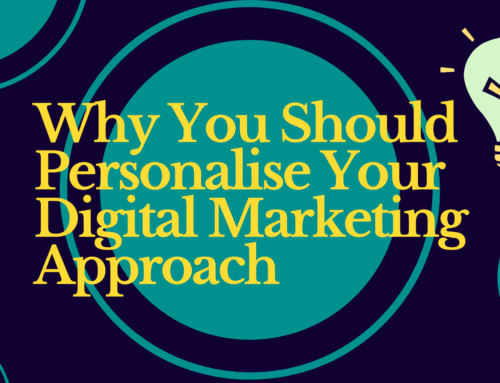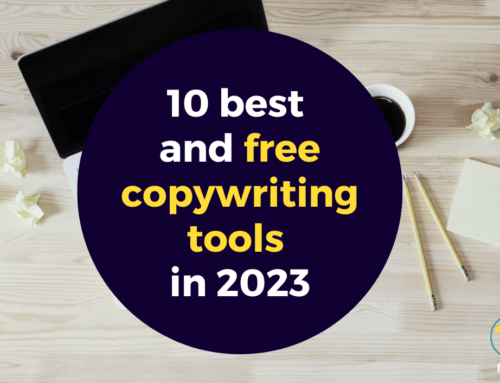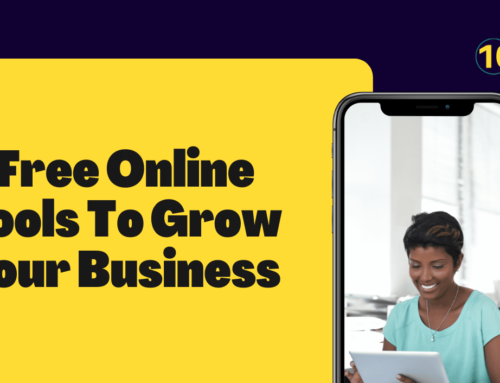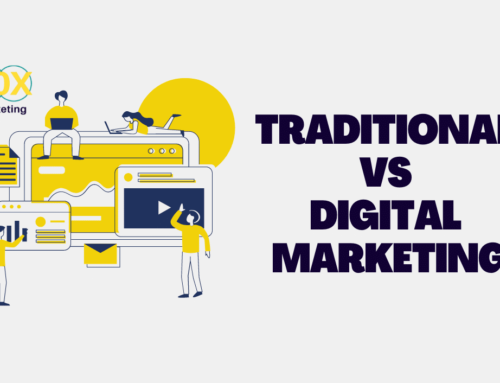User intent (sometimes referred to as search intent) is an internet user’s goals or intentions when entering a search term into a search engine.
It’s a term that originates from under the SEO umbrella. So if you’re new to marketing, search engine optimisation is the practice of ensuring a website ranks in search results. Essentially, the more relevant content you have, the higher chance you have of your website ranking.
But why does user intent matter? By understanding your target audience and their motives when searching, you can use this information to your advantage. Google’s purpose is to display the most relevant information. So instead of just showing results linked to the keyword, Google now goes one step further by recognising the semantic meaning, context, and the user’s intent and will show the suggested results based on this learning. Therefore, your business must create content that will satisfy the user’s intent, so you appear in search results.
Before we explore the different ways content marketing can help you appear in search results, let’s first make sure we fully understand user intent. User intent can be informational, transactional or navigational.
If a keyword is searched for with the intent to find out more about it, this is informational.
Whereas if the user wants to be led to a specific site (e.g., searching a brand name), their search is navigational.
But if a user intends to buy something behind a search term, the search is transactional.
And that’s the basics! So now we’ve got to grips with what user intent is; let’s look at how content marketing can help ensure your business appears in search results.
Three ways content marketing can help
1) Creating good content can satisfy user intent.
As Google now interprets search terms and tries to display content that satisfies a user’s search intent, it’s essential to create content with this in mind.
No longer can you just include keywords in your copy. You need to understand what your audience wants to know and coordinate your content with the expectations of your target audience.
To create this content, you must conduct in-depth research, get to know your ideal consumer and create content that they won’t find elsewhere.
2) Generate content that will guide users through the sales funnel
Now you understand the three types of user intent, you will recognise that not all users are ready to purchase immediately.
For example, suppose someone is searching with the intent to find out more (informational). In that case, they will not be ready to purchase, especially when you remember that consumers need to have 7-10 touches with a brand before they convert to a customer. With this in mind, you can’t just have a link to your purchase page at the end of a piece of content. You wouldn’t go from a first date to marriage, there are steps in between, and that’s no different with marketing.
Once you have captured a user’s attention (by having relevant content that appears in search results), it’s vital to link to other resources that will answer the user’s follow-up questions. So, when you create a blog, make sure to link to other materials that the user may find helpful. It’s valuable to direct them towards your gated content, such as lead magnets, to capture their data. As once you have their email address and they’re in an email sequence, you will be reminding the prospect of your presence, informing them about your offering and grabbing their attention.
3) Create pillar pages to help you rank.
So far, this blog has been heavy on marketing jargon but just one more (we promise!) A pillar page is a great way to help you rank when considering user intent – it covers all aspects of a topic, all on a single page.
What makes a pillar page different from a regular page on your website is that a pillar page has more room for in-depth reporting. This detailed copy allows you to link to other content, such as lead magnets or blogs.
These broad pages will work well with user intent because the page is so detailed; therefore, it will answer many of your audiences’ questions and help guide them through the sales funnel.
Now it’s our turn to point you elsewhere.
As you can now see, understanding user intent is essential for ranking in today’s competitive search results. You need a multi-channel marketing strategy that takes your target audience into account so you can target them at different stages of the sales funnel.
With this in mind, there’s a lot of different things that need to be considered when creating content so if you’d like help from our expert team, get in touch.







Leave A Comment